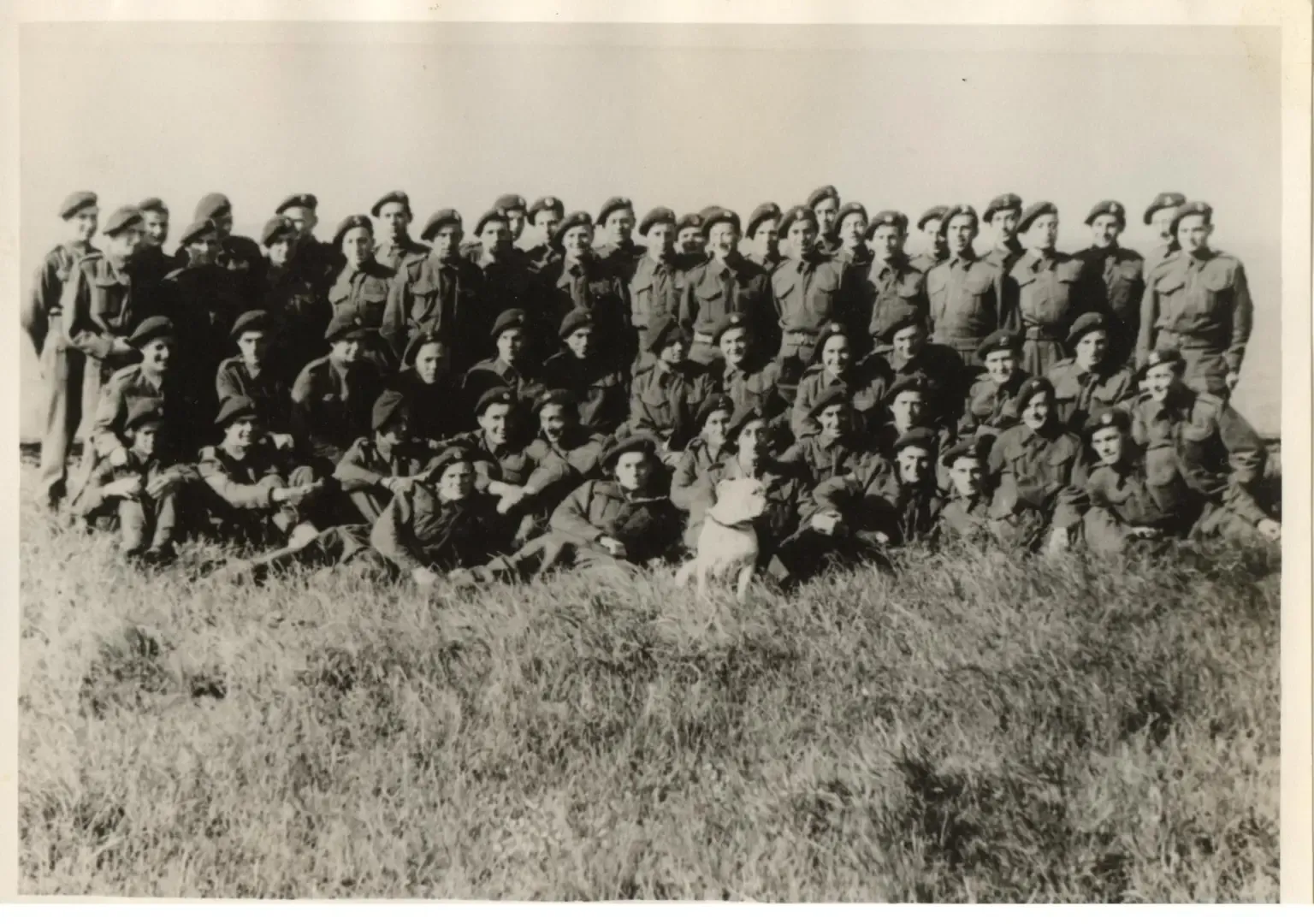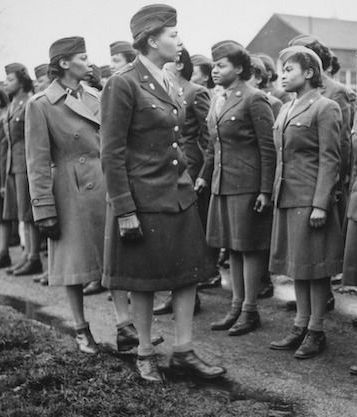Statue Commandant Philippe Kieffer at Ouistreham, Sword Beach
Alexander Braun • July 27, 2023

Historical background
Philippe Kieffer was born in Port-au-Prince, Haiti, in 1899. He was a bank director who made his career in London and New York. In the spring of 1939, he left his quite well-off life and moved to France, where he volunteered for the army before the outbreak of war. After the French defeat in June 1940, he fled to England and joined General de Gaulle’s "France Libre" movement in London. Kieffer became a naval officer at Free French Headquarters in Portsmouth, but soon became bored with his purely administrative duties. The resounding success of Operation CLAYMORE, the British Commando raid on the Norwegian Lofoten on March 4, 1941, intrigued Kieffer, who was then able to convince his French superiors and the British Admiralty to form a French Naval Commando unit. By the spring of 1942, Kieffer had gathered about twenty Frenchmen, who shortly thereafter experienced their baptism of fire during the attack on Dieppe in August 1942.
Night Commando raids on the French coast in the winter of 1943-1944 completed the training of his unit, now officially known as the 1er Bataillon de Fusilier Marins Commandos (BMFC), which was then integrated into British No. 4 Commando in mid-April 1944.
The 177-man BMFC was the only French unit to land in Normandy on D-Day, a fact that to this day establishes the legendary reputation of the unit and Kieffer himself. Already wounded during the landing and again in the attack on the casino in Riva-Bella (Ouistreham), Kieffer was evacuated to England on June 8. Only one month later, however, he returned to his unit, which he led until the end of the Normandy campaign.
Kieffer’s Commando unit then participated in the amphibious landing on the Dutch peninsula of Walcheren on November 1, 1944, and was subsequently deployed to the Dutch theater of war.
Invited to represent the "France Combattante" movement in the French Provisional Consultative Assembly, Kieffer resigned his command in April 1945. He was demobilized in 1946 and began a political career in Normandy that was not very successful. In the late 1950s, Kieffer was interviewed by Cornelius Ryan for his book "The Longest Day", which described events during the Normandy landings. Shortly afterward, Kieffer acted as a consultant in the production of the film of the same name.
Philippe Kieffer died on November 20, 1962, at the age of only 63, in Cormeilles-en-Parisis in the Val-d’Oise department. He rests in the cemetery of Grandcamp-Maisy in the department of Calvados.
On May 8, 2008, French President Sarkozy announced the creation of a "Commando Kieffer" within the special forces of the Marines, which is unmistakable proof of Philippe Kieffer’s high reputation in the public consciousness of the French, even decades after the war had ended.
On June 6, 2019, the 75th anniversary of the D-Day landings, a life-size statue of Commandant Philippe Kieffer was inaugurated opposite the statue of Lord Lovat.







